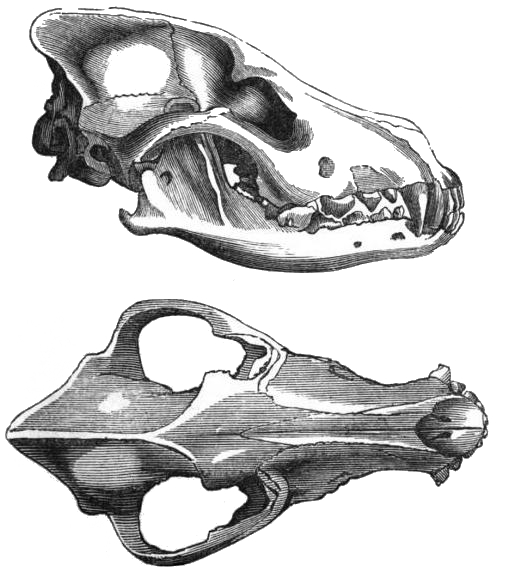Facts About Subspecies of Canis lupus
Wolves, scientifically known as *Canis lupus*, exhibit a captivating diversity of subspecies. According to the taxonomic reference "Mammal Species of the World" there are 38 recognized subspecies. The primary one, often identified as the Eurasian wolf, is *Canis lupus lupus*. Over the years, the classification of these subspecies has evolved, and regrettably, some have become extinct.
The history of wolf classification began in 1758 when Swedish botanist and zoologist Carl Linnaeus first named the species *Canis lupus*. Interestingly, Linnaeus also classified domestic dogs under *Canis familiaris*. In a significant development in 1999, a mitochondrial DNA study revealed that domestic dogs actually originated from multiple wolf populations, further enriching our understanding.
Today, existing wolf subspecies are categorized into two main groups: Old World and New World. In regions such as Eurasia and Australasia, recognized subspecies include the Eurasian wolf (*Canis lupus lupus*), the Tundra wolf (*Canis lupus albus*), and the Indian wolf (*Canis lupus pallipes*). In North America, the number of subspecies remains a contentious issue, with some experts suggesting there could be as many as 24.
Sadly, several wolf subspecies have gone extinct over the past 150 years. The classification of these subspecies is complex and continues to be a subject of active research.
Controversy surrounds certain subspecies as well. For instance, the New Guinea Singing Dog and the Dingo are sometimes considered feral dogs rather than distinct wolf subspecies. Other subspecies such as the Italian wolf, Iberian wolf, Himalayan wolf, Indian plains wolf, and Southern China wolf have sparked debates due to their unique genetic and physical characteristics.
